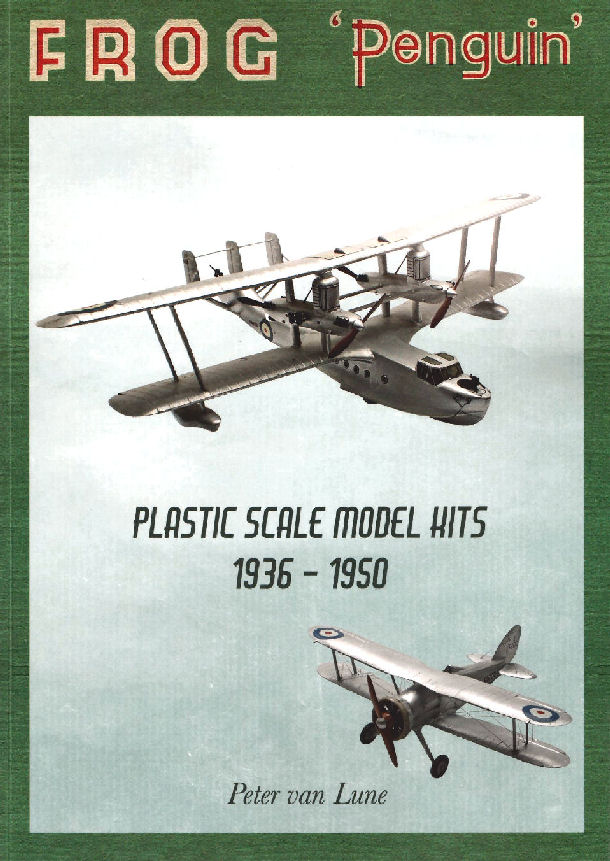FROG 'Penguin' Plastic Scale Model Kits1936 - 1950" by Peter van Lune
Another slightly 'off topic' topic, but one that will, I hope, interest Jetex enthusiasts:

Model flyers naturally have a great interest in the old FROG flying models, and Mike Stuart's wonderful website: http://www.houseoffrog.co.uk contains a plethora of plans to enable the replication of many classic FROG models. FROG nostalgia has been well served too, by "FROG Model Aircraft" by Richard Lines and Leif Hellstrӧm which was published in 1989. This marvelous book covers well the history of the founding of FROG by Charles and John Wilmot and Joe Mansour and the development of their innovative products like the prewar Interceptor, the Junior and Senior range of model aircraft after the war (including the World's first all-metal modelaircraft) and the well-respected FROG plastic kits that are still with us.
Page 2 of 2

